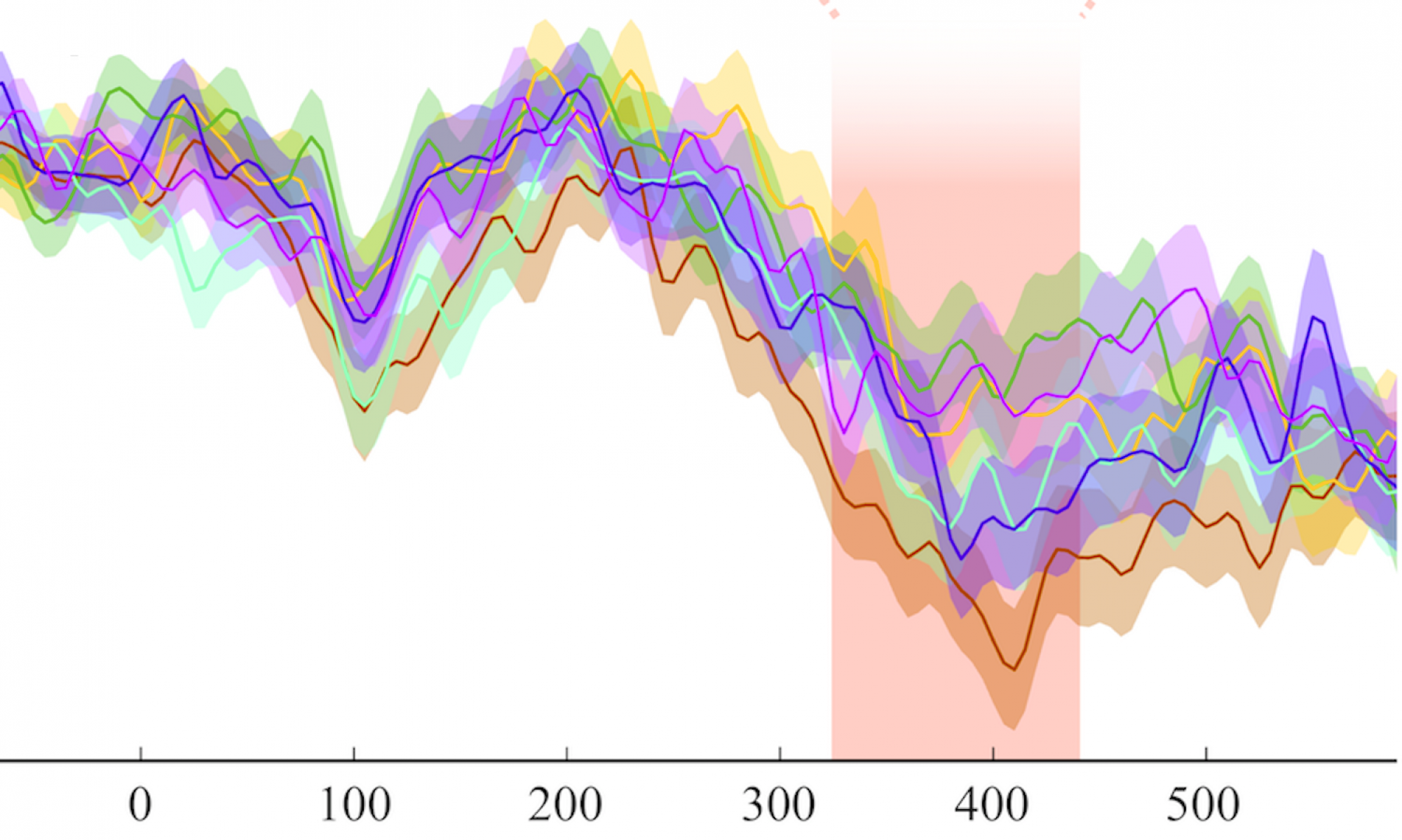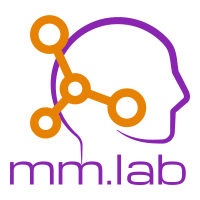The first publication arising from PhD student Dave Cayado’s thesis project has just been published in Language, Cognition and Neuroscience. This paper reports a masked morphological priming experiment in Tagalog, investigating the processing of infixes, and comparing them to prefixes and suffixes. Despite their prevalence in the world’s languages, infixes have never before been investigated using the masked priming technique, which is the most widely used tool to investigate the early stages of morphological processing. Consistent with our previous work finding that infixes in Tagalog evoke neural activity consistent with early form based morphological decomposition (Wray et al. 2021), Dave finds that infixed primes facilitate the processing of their stem targets just as robustly as prefixed and suffixed primes do. This important finding means that current models of morphological processing which assume that word edges, or fixed positions, play a critical role in early form based morpheme detection need to be rethought. This research is funded through our SAVANT grant project.
New paper: Dutch–Mandarin learners’ online use of syntactic cues to anticipate mass vs. count interpretations.
Our paper reporting on work investigating Dutch L1, Mandarin L2 speakers ability to use implicitly learned syntactic cues to rapidly generate mass vs. count interpretations (before hearing the critical nominal), has just been published in Second Language Research. This project arises from the PhD thesis of lead author, and QMUL alum, Panpan Yao, now an Assistant Professor at Beijing Language and Culture University. The research was funded by the Advancing the European Multilingual Experience (AThEME) project.
New: Distributed Morphology & Neurolinguistics review chapter on lingbuzz
A chapter Linnaea has written with Laura Gwilliams for the forthcoming Cambridge Handbook of Distributed Morphology is up on lingbuzz. In it, we try to connect the theory of Distributed Morphology with the available neurolinguistics literature (largely focused on the MEG research we and our collaborators have been involved in). Comments very welcome.

